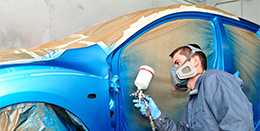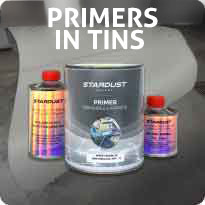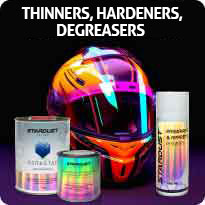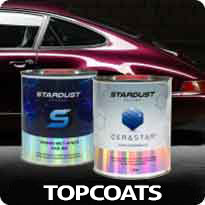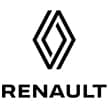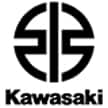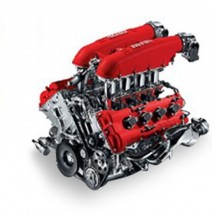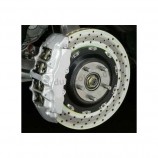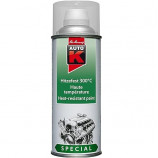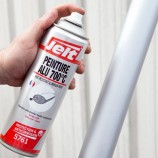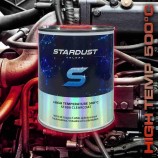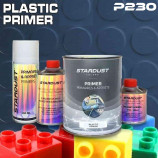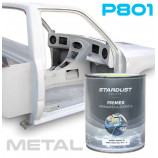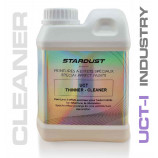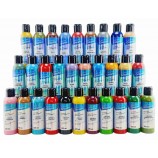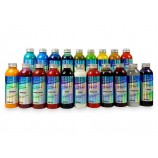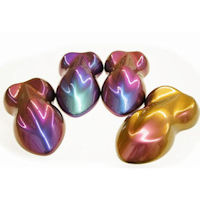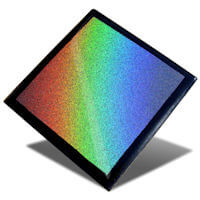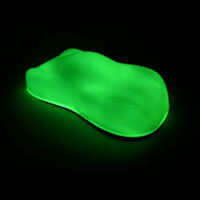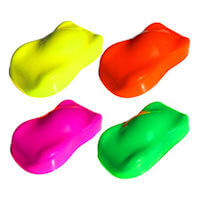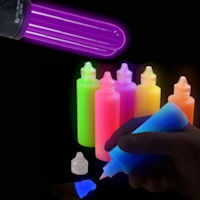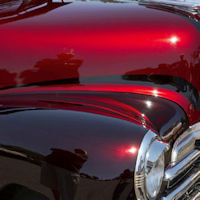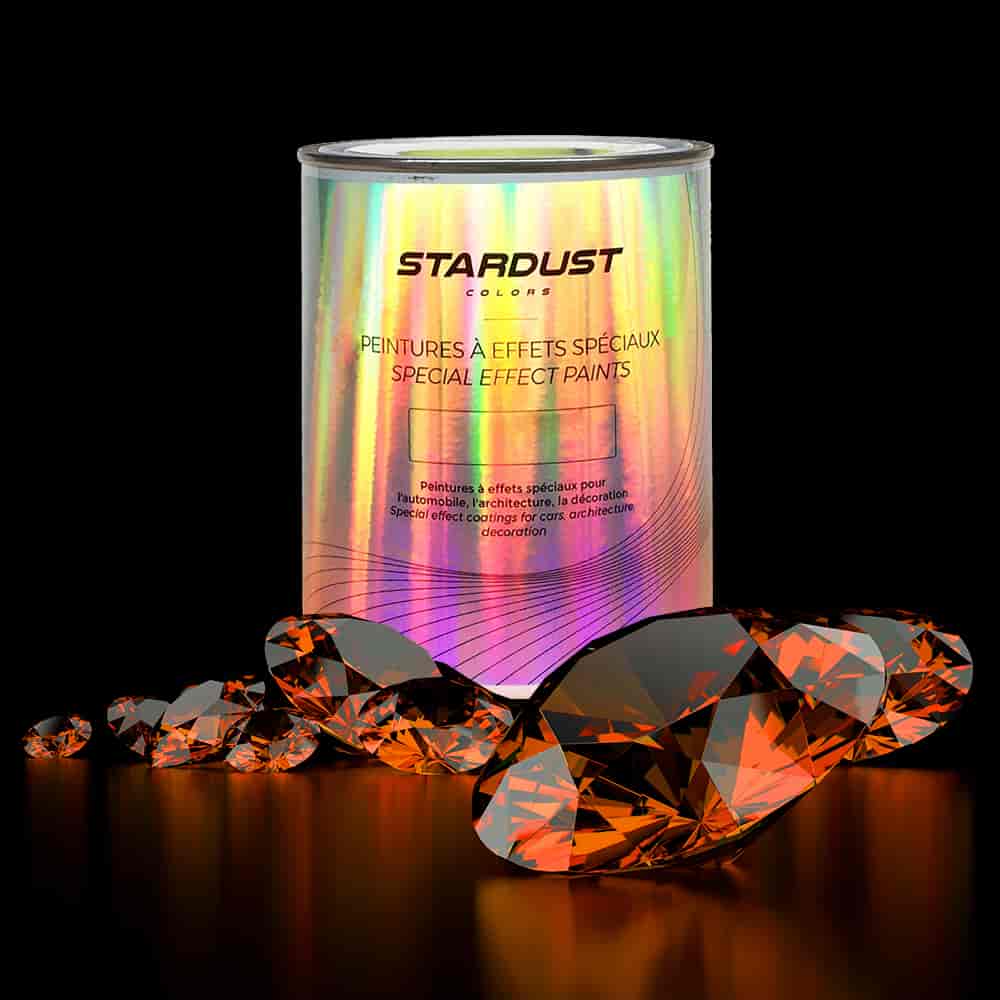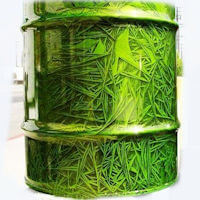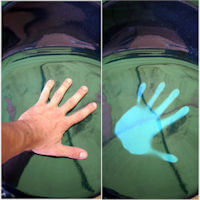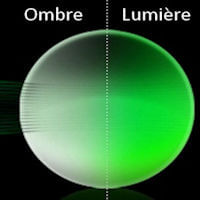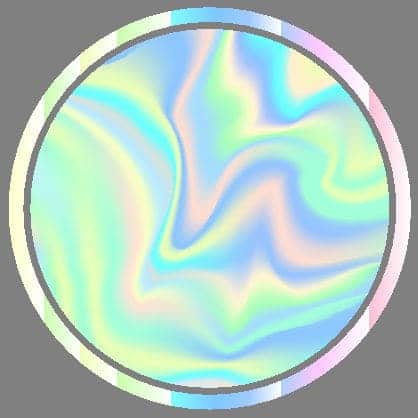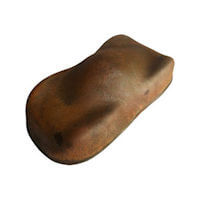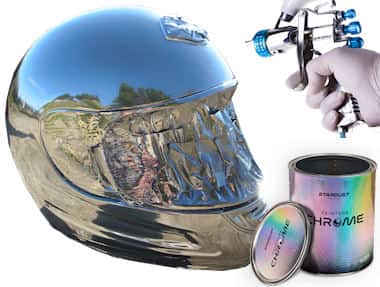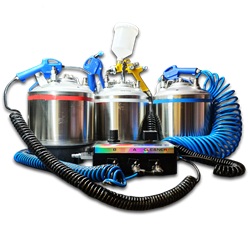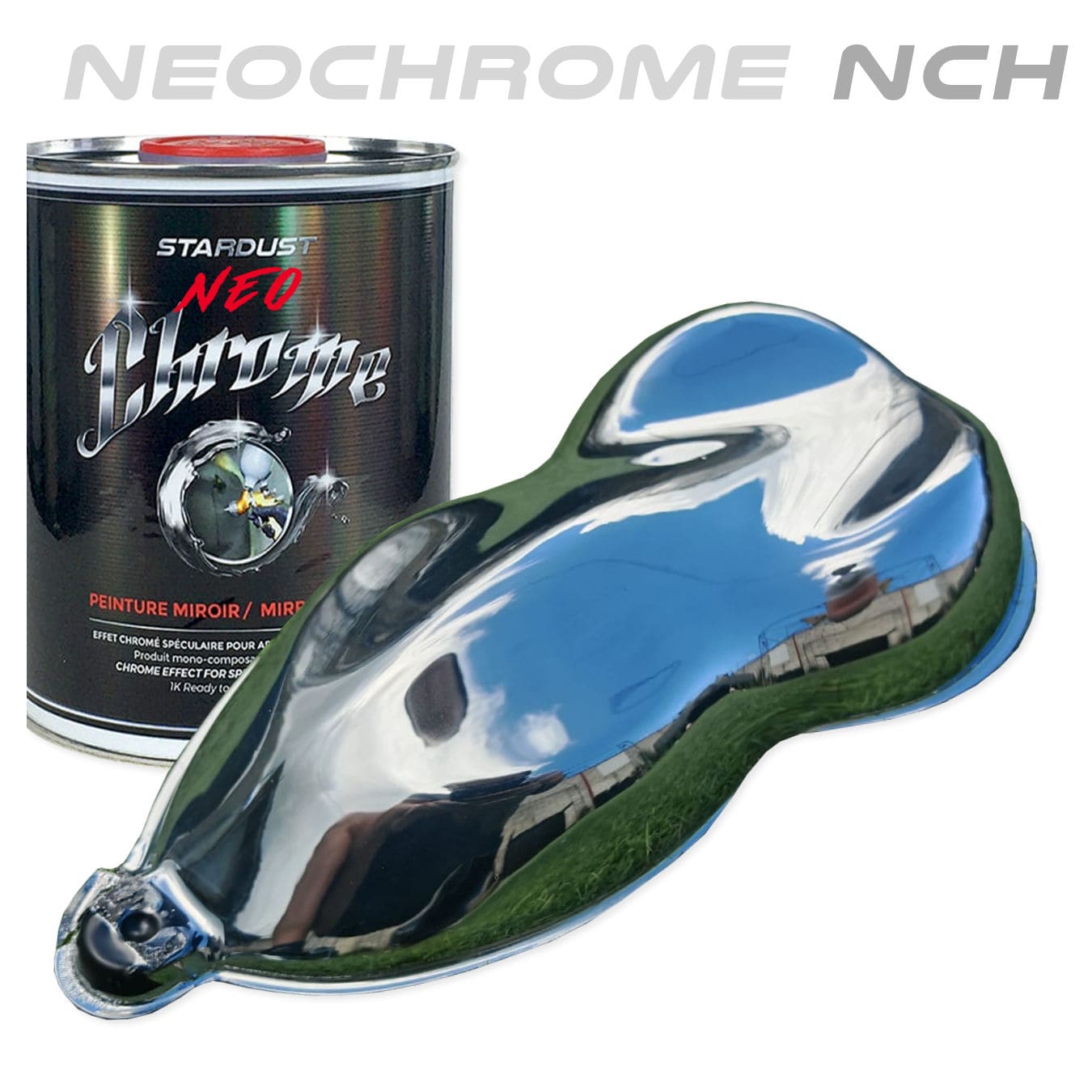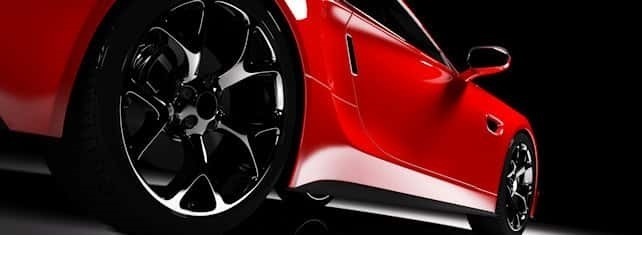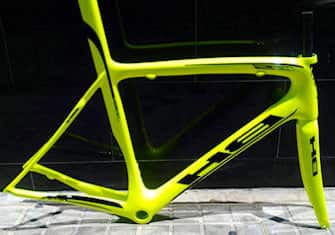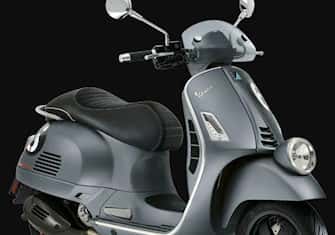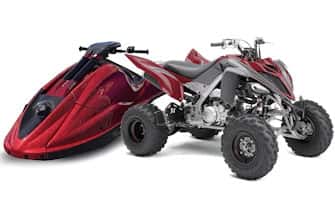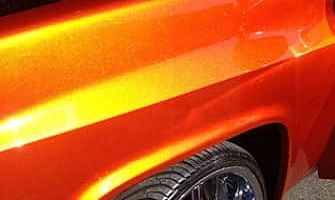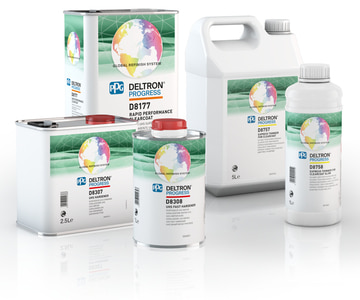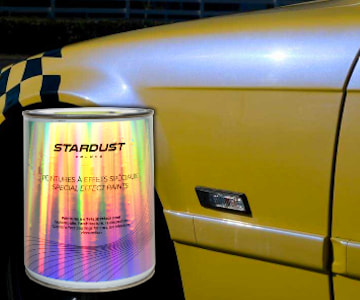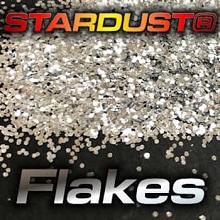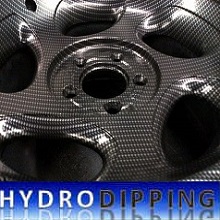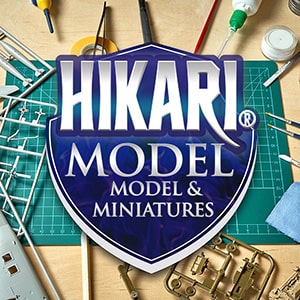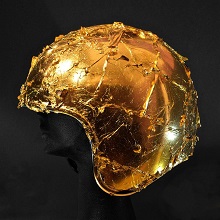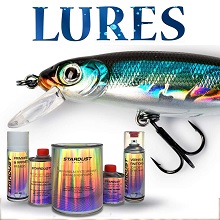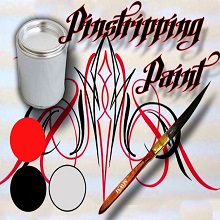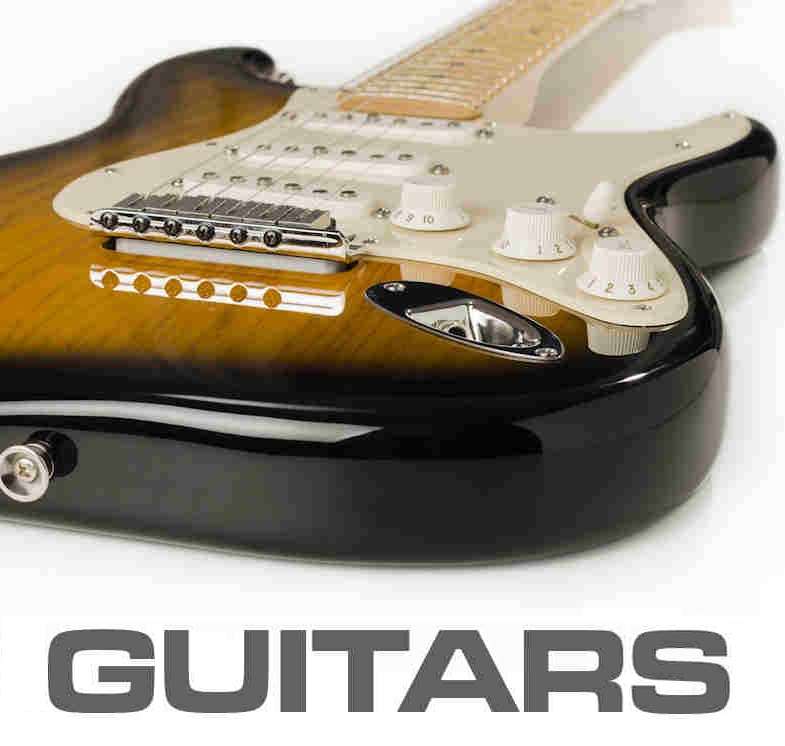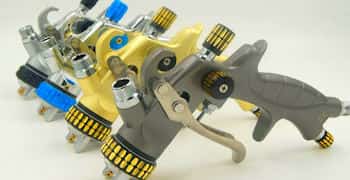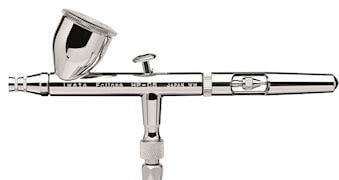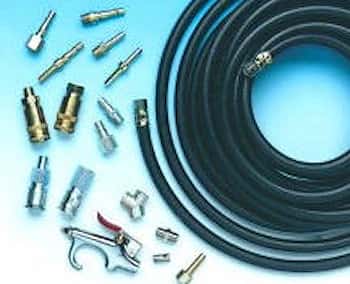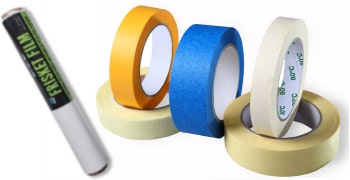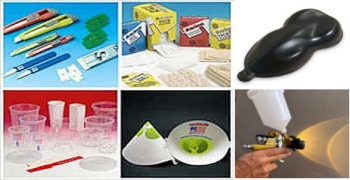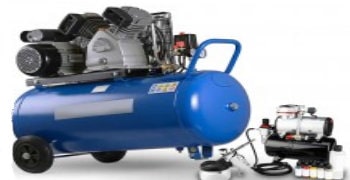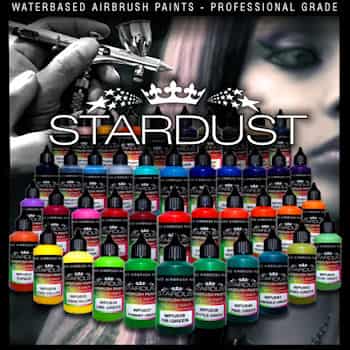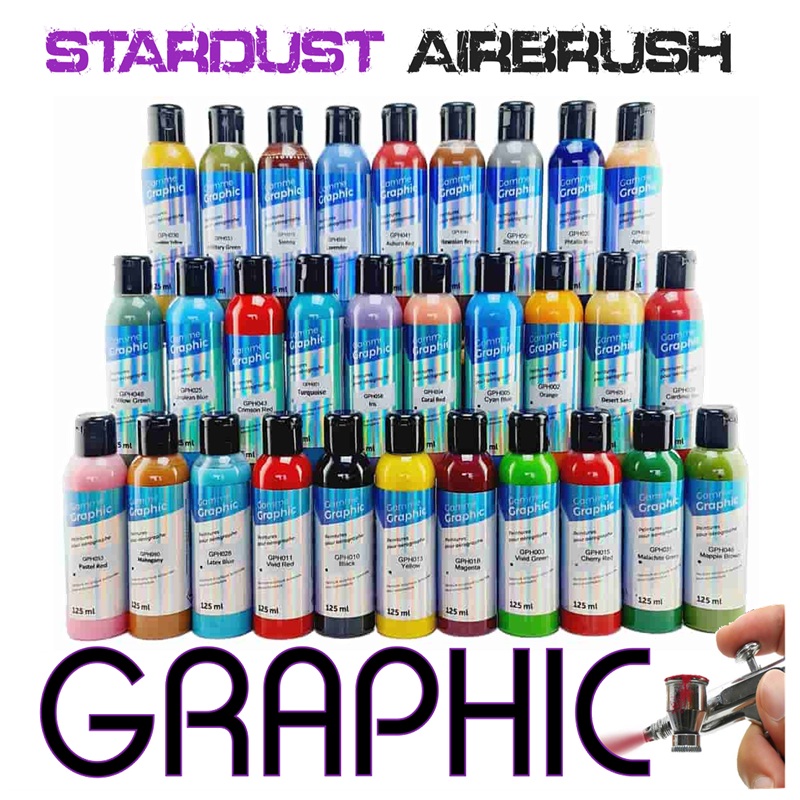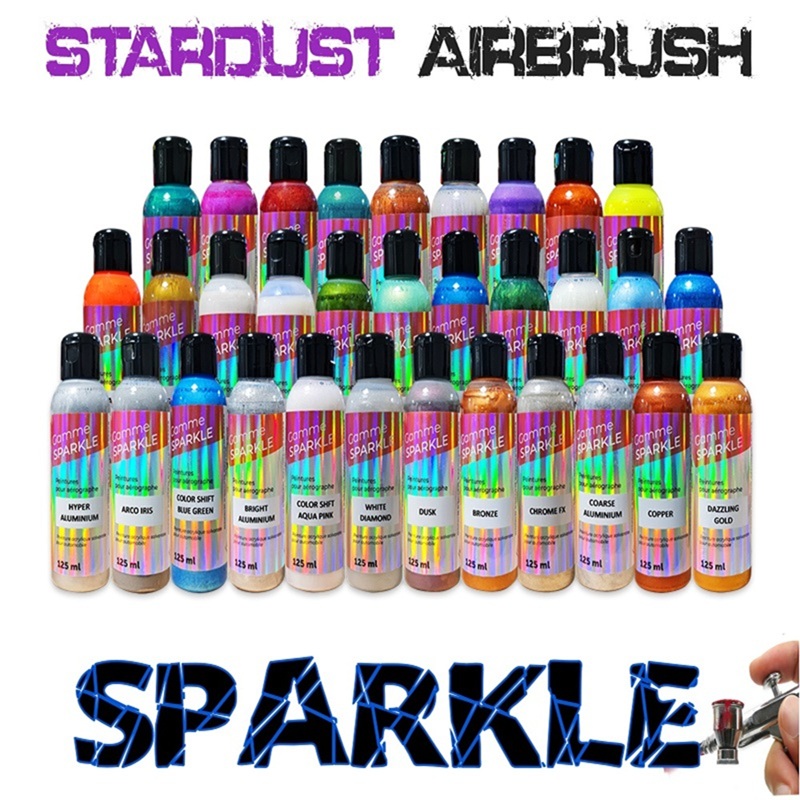Here are some specialised products that stand out among all car paints for car parts:
These are engine paints, or more precisely, paints for certain upper and visible parts of the engine.
They are essentially car paints with natural adhesion to metal, and with the required properties to withstand the extreme temperatures and conditions that cylinder block paints are exposed to.
It is possible to insulate the surface using an anti-corrosion primer, applied between the metal substrate and the 2K paint, to promote maximum adhesion and protection.
However, most of our high-temperature products are finishes — simple to use, effective, and do not require any primer.
Did you know that the simplest products are often the most heat-resistant?
That’s why we use single-component high-temperature finishes, rather than 2K paints (which tend to crack, blister or blacken beyond 250°C).
Instructions for the use of car paint for cylinder blocks
As always, preparation is more important than the product itself when it comes to achieving a durable and long-lasting result.
Here are the basic steps:
Step 1: Thoroughly degrease the area to be painted.
Remove all traces of oil, grease, hydrocarbons, etc.
Use an anti-silicone degreaser or alcohol.
Exceptionally, acetone may be used confidently.
⚠️ If the parts to be painted are not made of iron, choose your solvent carefully — prefer alcohol or a standard degreaser.
Step 2: Dry and dust the area.
If needed, mark out the parts to be painted or protected using masking tape.
Step 3:
Even if the cylinder block paint is advertised as compatible with metal (regardless of which type),
it is strongly recommended to apply a thin coat of metal primer.
A thin and light coat is always better than several thick ones.
Step 4: Apply the cylinder block paint, starting with one or two very light coats to build up an initial layer of adhesion.
Then, after 5 minutes, apply a final thick coat to cover and smooth the surface.
Let the paint dry for 12 to 24 hours before use.
Some ideas to customise your cylinder block
Common colour choices for decorating engine blocks include:
– black
– bright red
– yellow
– and, less frequently, bright green and orange
All these colours, available in matt or gloss finishes, give an energetic and sporty feel.
It is advisable to keep as much of the surface as possible in black, as it shows less dirt.
Also, choosing a glossy topcoat makes cleaning easier.
For more sophisticated designs, you can alternate between matt and gloss zones.
Plastic engine cover parts
These are made from heavy-duty plastics, and are very difficult to paint.
If this is your project, you must carry out the necessary prep to avoid peeling.
🔥 Flaming with a burner, followed by thorough scrubbing using green abrasive sponges soaked in thinner, is the most effective method to promote paint adhesion on plastic.
For parts exposed to high heat...
If car paint is to be applied to areas that become very hot, you must choose the right type of product:
– very high-temperature paints (rated for 300°C or even 700°C)
⚠️ These paints have limited colour choices.
That said, in reality, external engine surfaces rarely exceed 150°C, which means you can use conventional paints, and thus benefit from a much wider colour range.







